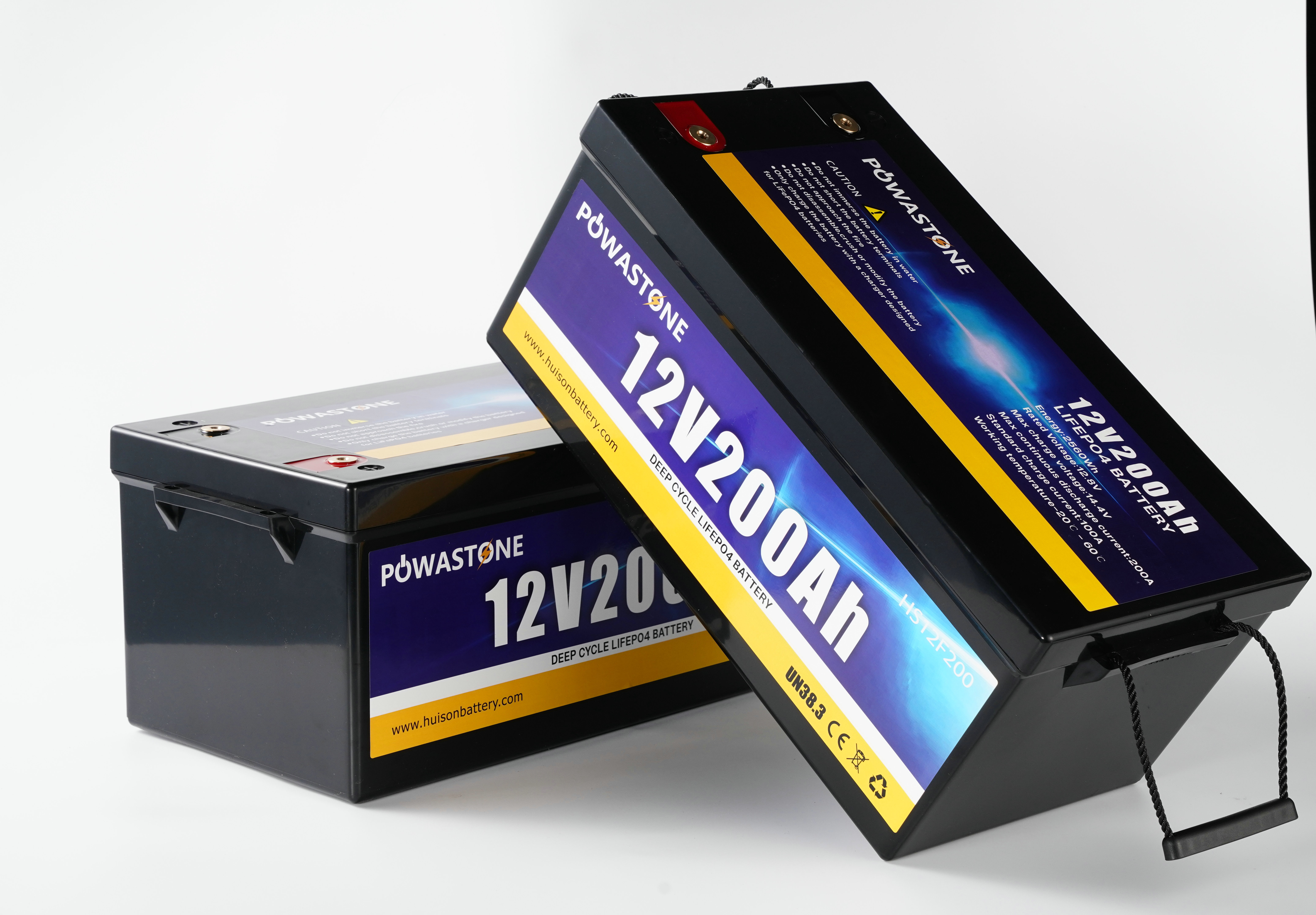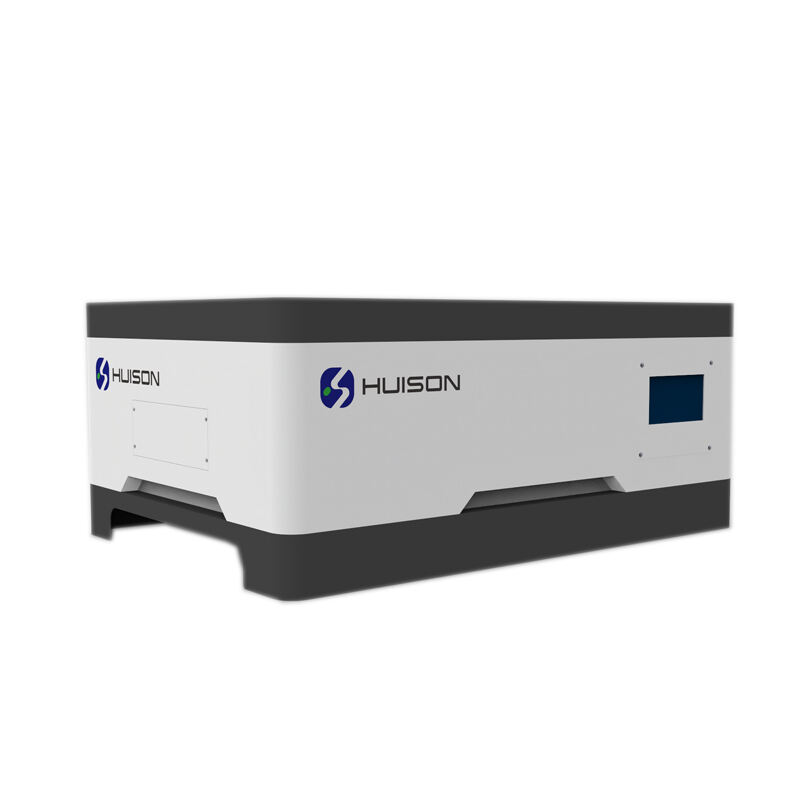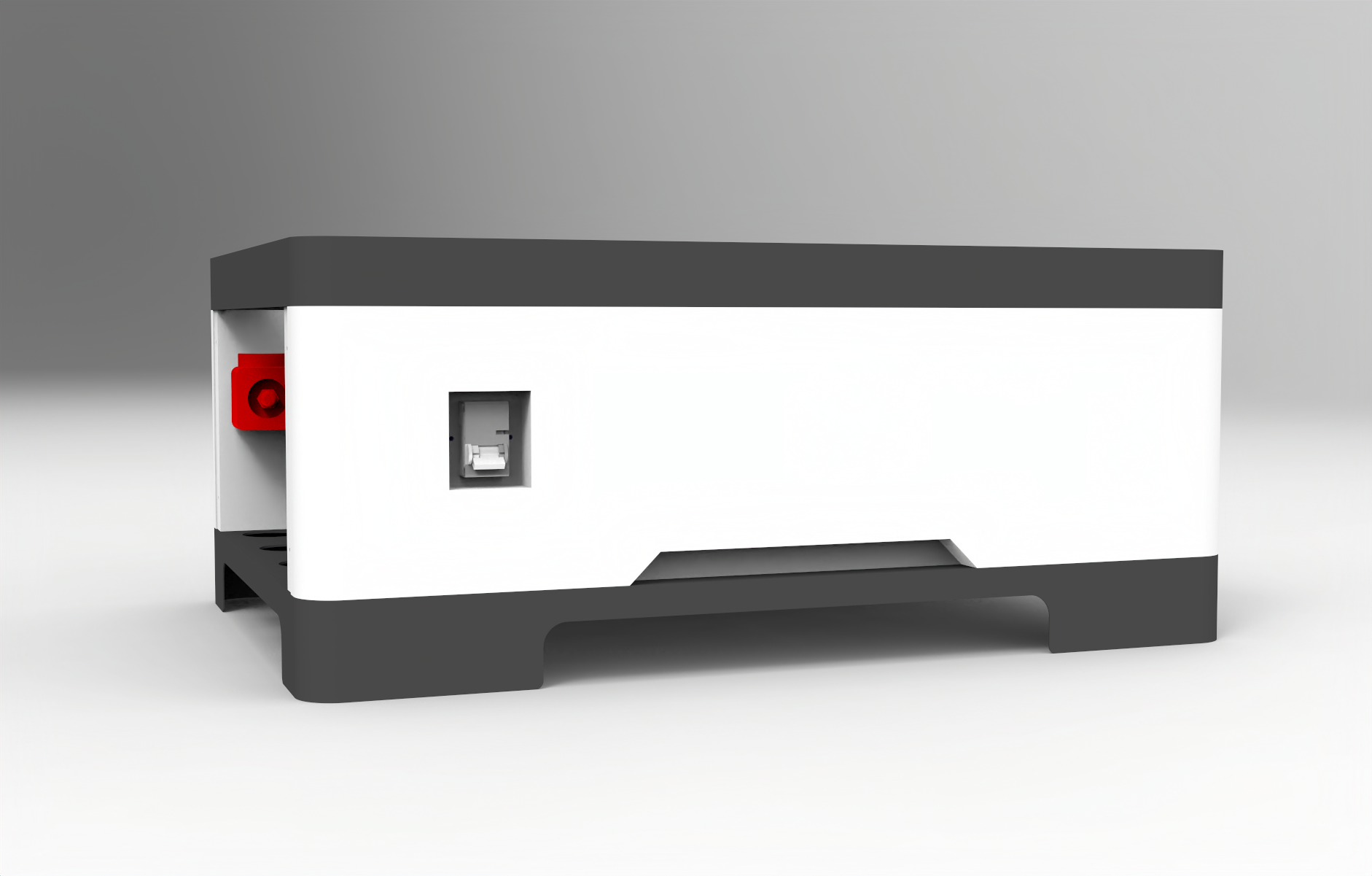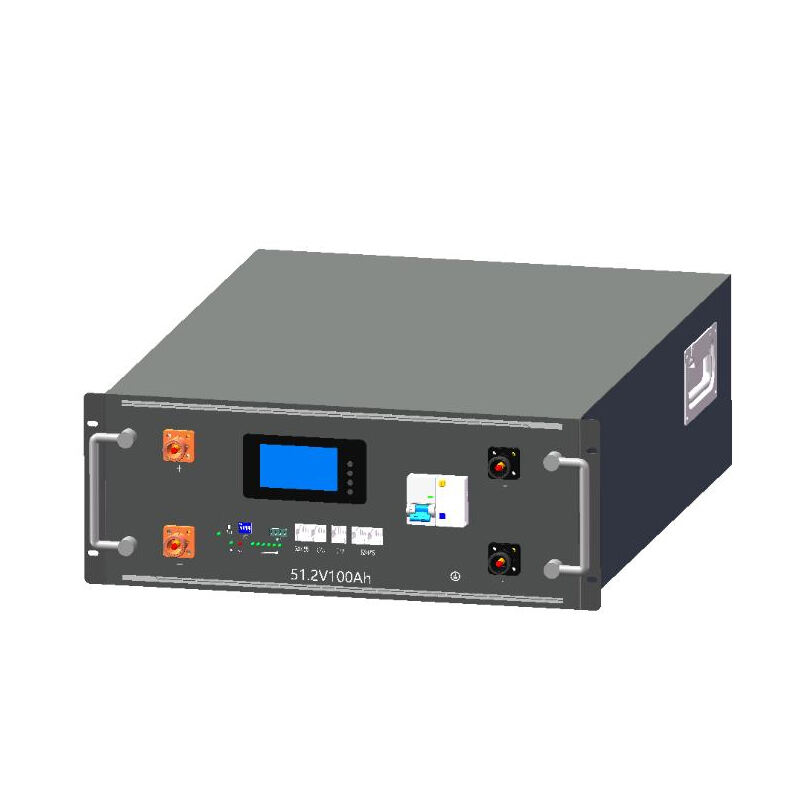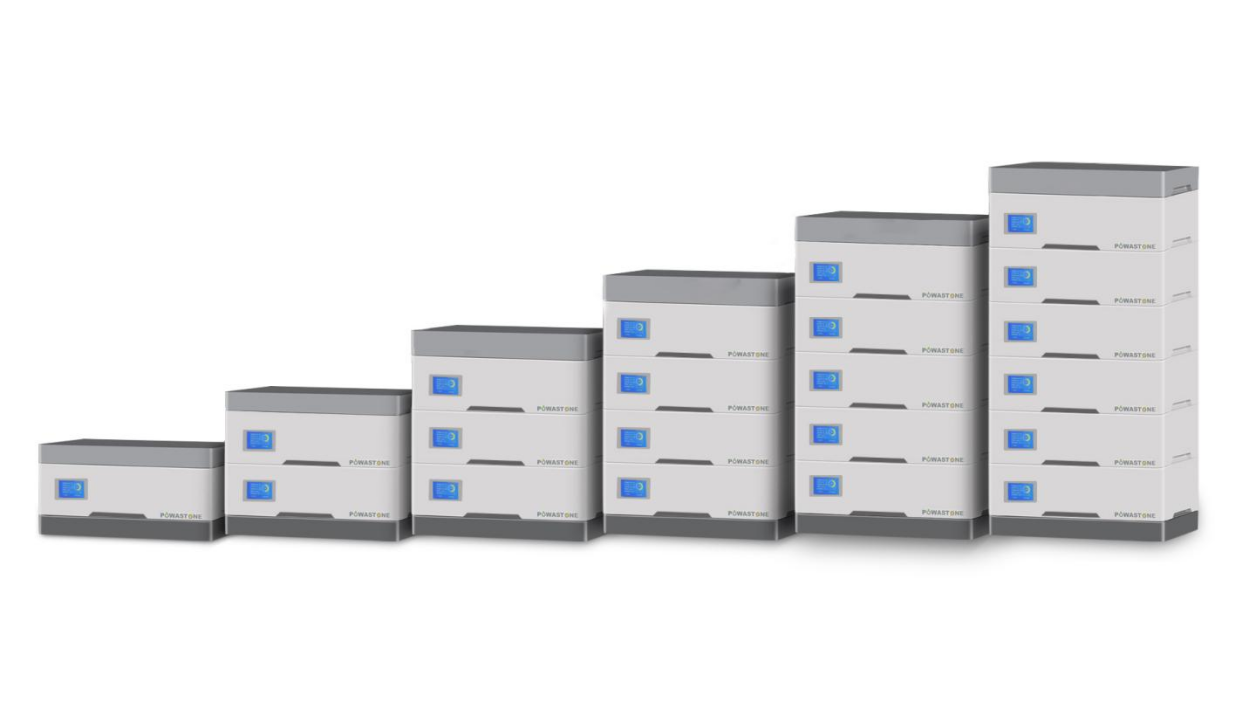اختيار البطارية المنزلية منخفضة الجهد المناسبة لاحتياجاتك
Time : 2025-06-25
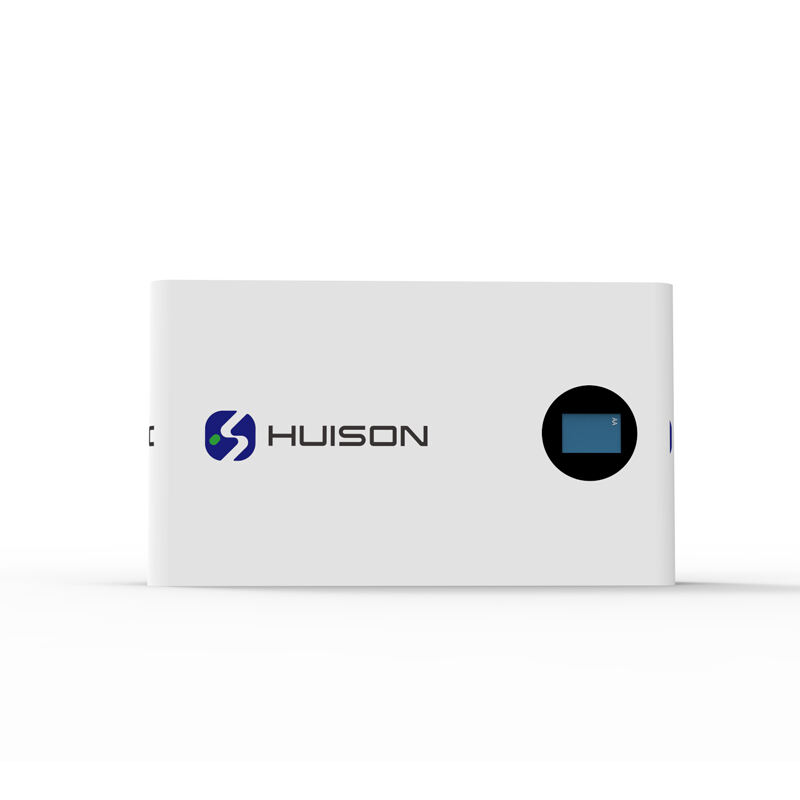
في مشهد طاقي مليء بالشكوك، تبرز مخاوف حول موثوقية الكهرباء بشكل كبير. إنقطاعات الشبكة، تقلبات الأسعار، والحاجة الملحة لحلول طاقة مستدامة تجعل أصحاب المنازل يبحثون بنشاط عن بدائل. أصبحت مجموعات تخزين الطاقة منخفضة الجهد، بتصميمها الودي للمستخدم وتوافقها مع الإعدادات السكنية، شعلة أمل. كما تم عرض ذلك على https://www.huiسونين رجي .com/ , تتصدر الشركات الابتكارية هذا الحراك، حيث تقدم حلولاً متقدمة تمكن الأسر من السيطرة على استخدامهم للطاقة. سيأخذك هذا الدليل عبر العوامل الأساسية التي يجب مراعاتها لاختيار البطارية منخفضة الجهد المثالية لمنزلك.
فهم بطاريات المنزل منخفضة الجهد
بطاريات المنازل منخفضة الجهد، والتي تعمل بجهد أقل من 48 فولت، مصممة للاندماج seamlessly في أنظمة الكهرباء السكنية القياسية. تؤدي هذه البطاريات دور الحماة الصامتة، حيث تلتقط الطاقة الفائضة التي تُنتج بواسطة الألواح الشمسية على السطح أو التوربينات الريحية الصغيرة. على سبيل المثال، قد يولد عائلة في حي ضاححي مشمس المزيد من طاقة الشمس خلال النهار مما يستهلكونه. نظام البطارية منخفض الجهد الخاص بهم يخزن هذه الطاقة الزائدة، والتي يمكن استخدامها لاحقًا في المساء عندما تصل ذروة الطلب على الكهرباء من الشبكة أو أثناء الانقطاعات غير المتوقعة. هذا لا يضمن فقط تشغيل الأجهزة الأساسية مثل الثلاجات والأضواء بشكل مستمر، ولكن أيضًا يقلل بشكل كبير من الاعتماد على الشبكة، مما يؤدي إلى وفورات كبيرة في التكلفة مع مرور الوقت.
عوامل رئيسية يجب مراعاتها
اختيار البطارية منخفضة الجهد المناسب يتطلب تقييمًا دقيقًا لعدة عوامل حرجة.
السعة
سعة البطارية، والتي تُقاس بوحدة الكيلوواط-ساعة (kWh)، هي مقياس أساسي. لتحديد السعة المناسبة، يجب على أصحاب المنازل تحليل استهلاكهم التاريخي للطاقة الكهربائية. قد يستهلك منزل نموذجي يتكون من أربع أشخاص حوالي 15 - 25 kWh يوميًا. إذا وصل الطلب العالي في المساء إلى 3 kWh وكان هناك حاجة لقوة احتياطية لمدة 4 ساعات أثناء انقطاع التيار، فإن البطارية بسعة لا تقل عن 12 kWh تكون مناسبة. تقدم شركات مثل Huison Energy مجموعة من خيارات السعة، مما يتيح للمستخدمين تخصيص حلول التخزين بناءً على احتياجاتهم المحددة.
عمق التفريغ (DOD)
يشير عمق الاستنزاف إلى النسبة المئوية من سعة البطارية التي يمكن استخدامها بأمان قبل إعادة الشحن. يعني عمق استنزاف أعلى، مثل 80٪ أو أكثر، أنه يمكن سحب المزيد من الطاقة من البطارية، وهو أمر لا غنى عنه أثناء انقطاع التيار الكهربائي لفترات طويلة. ومع ذلك، فإن تجاوز عمق الاستنزاف الموصى به باستمرار يمكن أن يقلل من عمر البطارية. تحتوي البطاريات الحديثة، خاصة تلك المصنوعة من قبل الشركات الرائدة، على آليات حماية مدمجة لمنع الاستنزاف الزائد.
الكفاءة
يعكس كفاءة البطارية، الذي يُعبر عنه كنسبة مئوية، مدى فعالية تخزين وتحرير الطاقة. ستقوم بطارية بكفاءة 90٪ بتوفير 90٪ من الطاقة المخزنة، مع فقدان 10٪ كحرارة أو من خلال العمليات الداخلية. البطاريات عالية الكفاءة، مثل تلك التي طورتها شركة Huison Energy، لا توفر الطاقة فقط ولكنها تقلل أيضًا من التكاليف على المدى الطويل عن طريق تقليل الهدر.
العمر الافتراضي
يُقاس عمر البطارية بالدورة الزمنية للشحن والتفريغ، وهو عامل أساسي يجب أخذه بعين الاعتبار. على سبيل المثال، يمكن لبطاريات الليثيوم أيون تحمل أكثر من 5,000 دورة، مما يوفر سنوات من الخدمة الموثوقة. في المقابل، تبلغ مدة حياة بطاريات الرصاص الحمضية عادةً بين 500 و 1,000 دورة. الاستثمار في بطارية طويلة الأمد يقلل من تكاليف الاستبدال ويحد من التأثير البيئي.
ضمان
توفر الضمان الشامل طمأنينة كبيرة. فهو يغطي العيوب، مشاكل الأداء، وغالبًا ما يتضمن دعم الصيانة. تعتبر الضمانات الأطول، مثل ضمان 10 سنوات الذي تقدمه بعض الشركات المصنعة، مؤشرًا على الثقة في جودة وموثوقية المنتج.
بطاريات الليثيوم أيون
البطاريات الليثيوم أيون هي الخيار الأول للكثير من أصحاب المنازل. يسمح كثافتها الطاقية العالية بتخزين كميات كبيرة من الطاقة في مساحة صغيرة. وبفضل أنظمة إدارة البطارية المتقدمة (BMS)، مثل تلك المدمجة في منتجات Huison Energy، تُحسّن هذه البطاريات عمليات الشحن والتفريغ، مما يمدد عمرها ويحسن السلامة. الكفاءة وطول دورة حياتها يجعلها مثالية لتعظيم توفير المال من خلال التركيبات الشمسية أو شراء الطاقة من الشبكة في أوقات الذروة المنخفضة.
بطاريات الرصاص الحمضية
البطاريات الرصاصية الحمضية أقل تكلفة في البداية لكنها تأتي مع عيوب. لديها كثافة طاقية أقل، تتطلب صيانة أكثر تكرارًا ولديها عمر افتراضي أقصر. ومع ذلك، يمكن أن تكون مناسبة للمنازل التي تهتم بالميزانية أو تلك التي لديها احتياجات طاقة بسيطة، مثل كوخ صغير للعطلات.
بطاريات التدفق
تتميز بطاريات التدفق بعمرها الافتراضي الطويل وسهولة توسيع نطاقها. فهي تستخدم موصلات كهربائية سائلة يمكن تجديدها أو استبدالها لزيادة السعة. على الرغم من هذه المزايا، فإن التكلفة العالية حاليًا تحد من اعتمادها الواسع النطاق في البيئات السكنية.
التثبيت والصيانة
التركيب الصحيح أمر بالغ الأهمية لتحقيق السلامة والأداء الأمثل. توظيف فني معتمد، كما يوصي به خبراء الصناعة والشركات مثل Huison Energy، يضمن ربط نظام البطارية بشكل صحيح مع البنية التحتية الكهربائية للمنزل. الصيانة الدورية، بما في ذلك الفحص للبحث عن التآكل، تنظيف الموصلات، وتحديث البرامج للبطاريات الذكية، تساعد في تحديد ومعالجة المشكلات مبكرًا، مما يمدد عمر البطارية.
الاتجاهات المستقبلية في تقنية بطاريات المنزل
سوق بطاريات المنزل يتطور بسرعة. التقدم في كيمياء البطاريات، مثل تطوير بطاريات الحالة الصلبة، يعِد بتراكيز طاقة أعلى وأوقات شحن أسرع. تقنيات إعادة التدوير المحسنة تهدف إلى تقليل التأثير البيئي لإنتاج وإعادة تدوير البطاريات. بالإضافة إلى ذلك، فإن دمج برامج إدارة الطاقة مع الأجهزة الذكية للمنزل، كما تتصورها الشركات الرائدة، سيتيح التحكم السلس وتحسين استخدام الطاقة. ستؤدي هذه الاتجاهات إلى جعل بطاريات الجهد المنخفض أكثر توفرًا وكفاءة واستدامة، مما يعزز من دورها في مستقبل الطاقة السكنية.
عن طريق تقييم احتياجاتك من الطاقة بعناية، مقارنة خيارات البطاريات المختلفة، والبقاء على اطلاع بأحدث التقنيات، يمكنك اختيار بطارية منخفضة الجهد توفر لك استقلالية الطاقة، ووفرًا في التكاليف، وخطوة نحو مستقبل أكثر خضرة.










